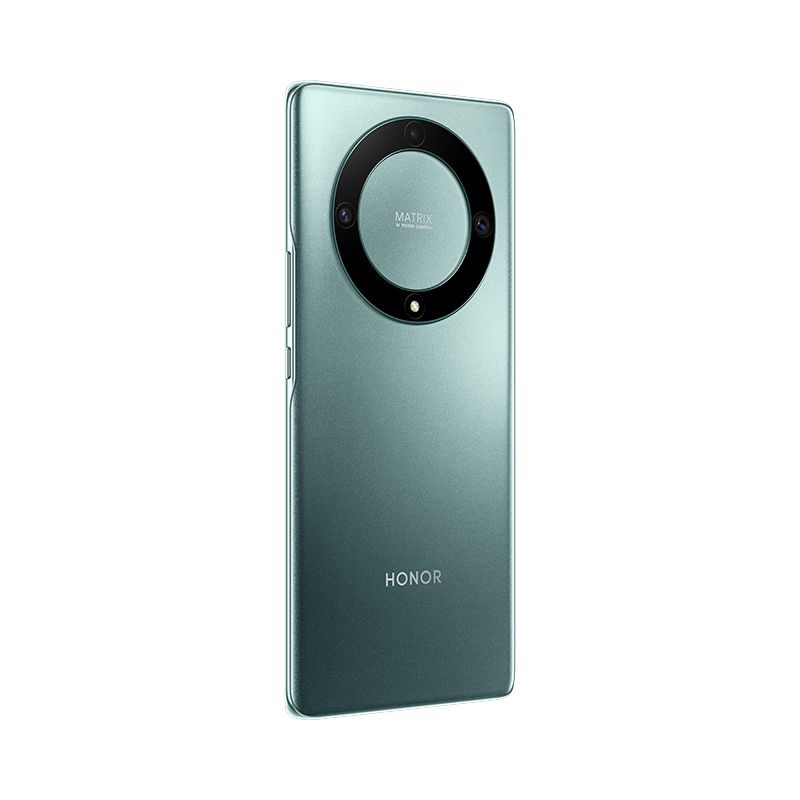
Smartphone Selection Guide
A smartphone is a technological device that includes the functions of an organizer, multimedia and making calls. These high-tech devices can perform the tasks of a portable miniature computer.
Purpose of purchase
The price of the gadget depends on the innovative solutions used in the production, so before you go to the store, decide why you need it:
- Make calls
- Watch videos, surf the internet
- Chat in instant messengers and social networks
- Make photo and video content, and process it in graphic programs
- Work (as a miniature replacement for a home laptop)
- Play modern games
The budget device can easily cope with the first three points. Points 4-6 are suitable for an advanced device with good hardware, a large amount of RAM and built-in memory, and high-quality optics.
Hardware stuffing
The latest smartphones models of SoC or single-chip system, which in addition to the processor includes a graphics accelerator, an audio chip, a wireless modem, an image processor, and other smaller components, receive top devices. The middle price segment gets good chips from previous generations. Budget models equip SoCs that are not very fast and are able to correctly perform only simple tasks. For Example, HONOR Magic 5 Lite UK price is affordable and pocket friendly.
SoCs that showed the best results in their segments:
- Flagship – Qualcomm Snapdragon (888, 888+, 8 Gen1), Samsung Exynos (2100), Apple A15 Bionic, hisilicon Kirin (9000)
- Sub-flagship – Mediatek Dimensity 1200, Qualcomm Snapdragon 870
- Medium – Qualcomm Snapdragon 780G
- Budget – Qualcomm Snapdragon 662
Pay attention to the amount of RAM and internal memory. The bigger they are, the better. RAM is responsible for the number of applications open at the same time. If it is not enough, the device will slow down or forcibly close a number of programs. The amount of internal memory depends on how much information you can store on the device without resorting to an external source – not all devices support microSD or a memory card.
The choice of hardware stuffing and the amount of RAM / built-in memory depends on the purpose of the device. On average, the gadget will work fine with 4-6 GB of RAM. 8 GB of RAM and a lot of internal memory will be useful for gamers and those who shoot and edit photos and videos.
Protection level
If you do not plan to use the gadget in extreme conditions, you can do without protection. But then the device will have to be hidden under an umbrella or packed in a protective case and put in your pocket every time it starts to rain.
Degrees of protection help to avoid this. There are several.
- IP54is the minimum level. If a couple of drops of rainfall are on the device, nothing will happen to it.
- IP56 – The device is not hermetically sealed, but will withstand a brief downpour.
- IP57 – if the device accidentally falls into a puddle and spends a couple of minutes in it, nothing will happen to it.
- IP67– full protection against dust ingress. The device can be in the water for up to 30 minutes, but it is better not to experiment. Such protection is implemented in models of the middle price segment.
- IP68– 100% waterproof and dustproof. Implemented in top models.
- MIL-STD-810Gis an American military standard. To get such a marking, the gadget goes through fire, water, and copper pipes – it is heated, frozen, lowered into the water, thrown from a height, and something heavy is dropped on it.
Communication standards
A smartphone, like most smartphone at one time, was and remains a wireless communication device, so it does not hurt to check if it has:
- 4G support – a number of budget models do not support this communication format
- NFC is a contactless payment module
Choosing a smartphone is a task that only at first glance seems simple. In order not to miss, you need to take into account many factors. The main thing is to choose a device that suits your needs and preferences.
